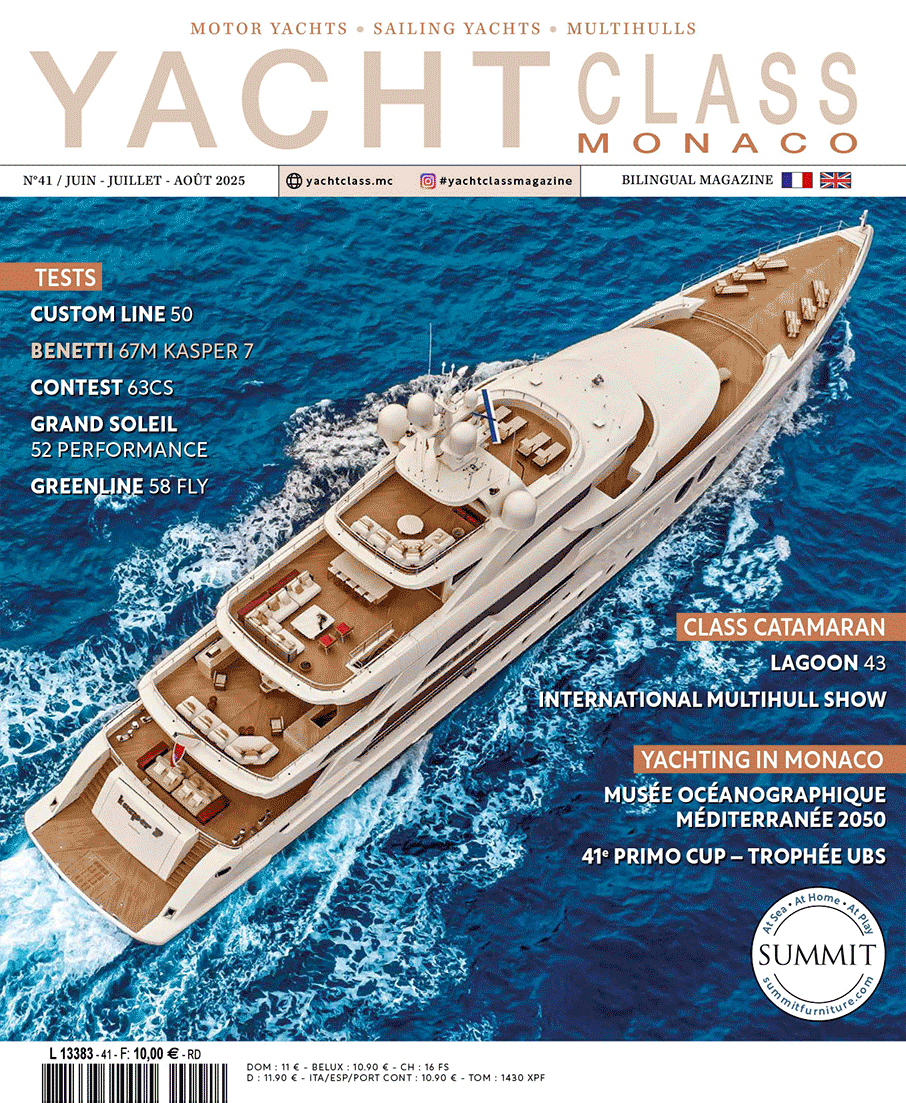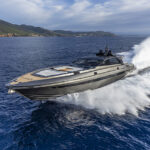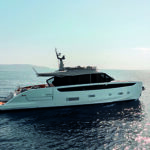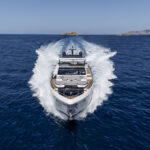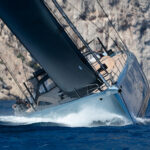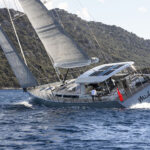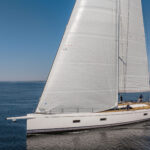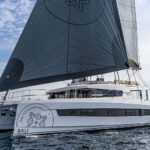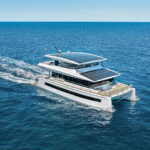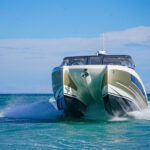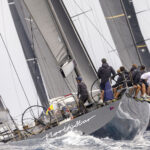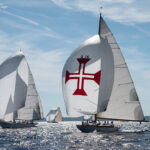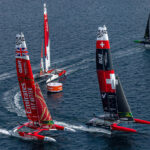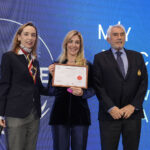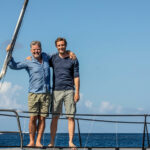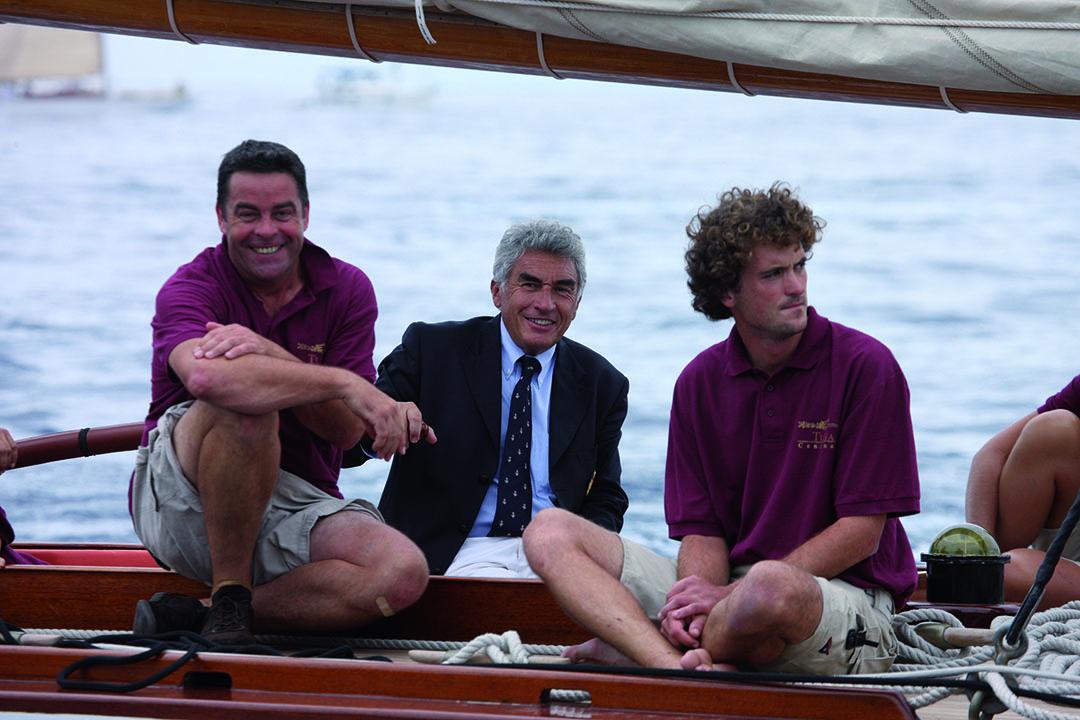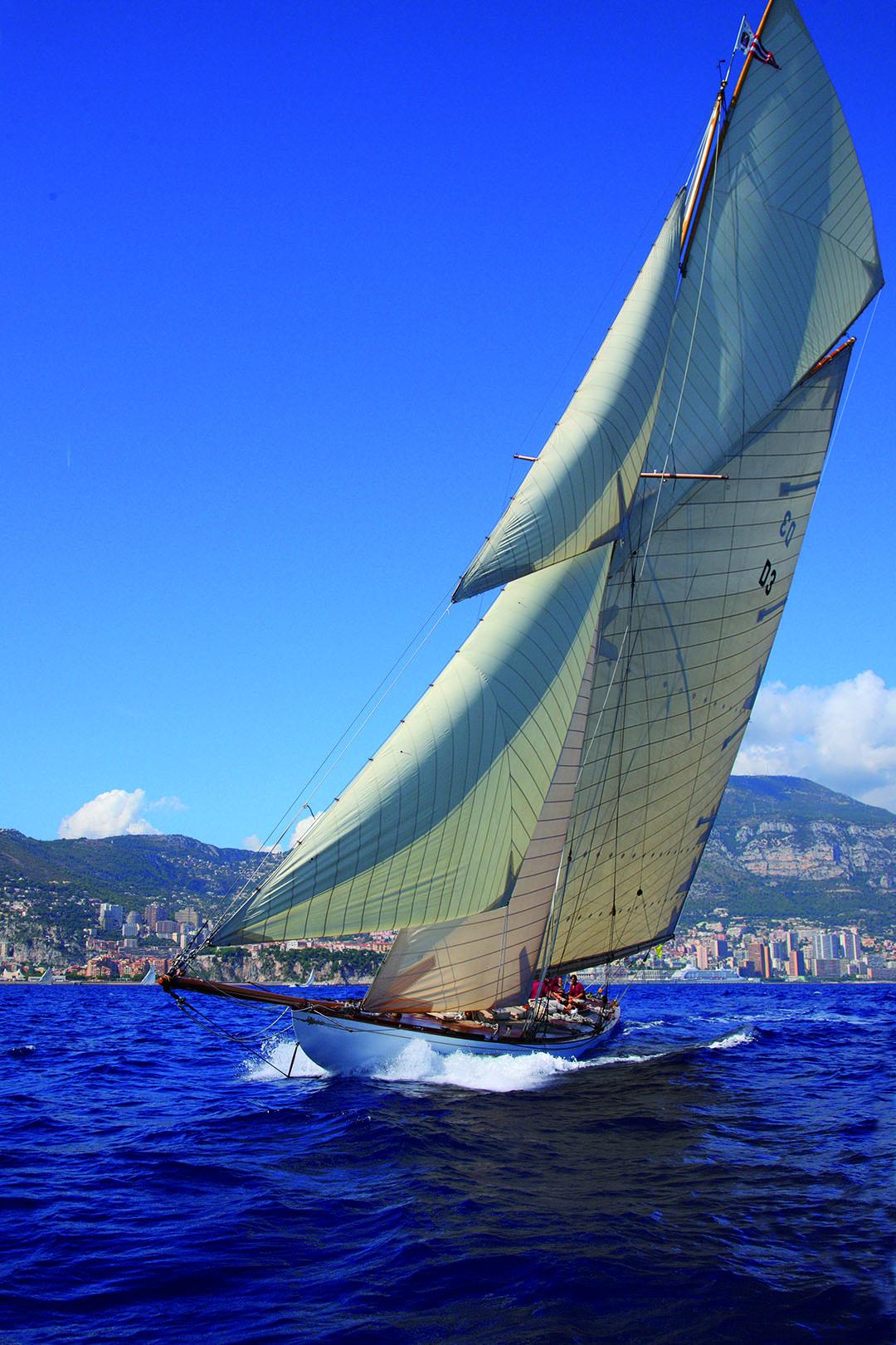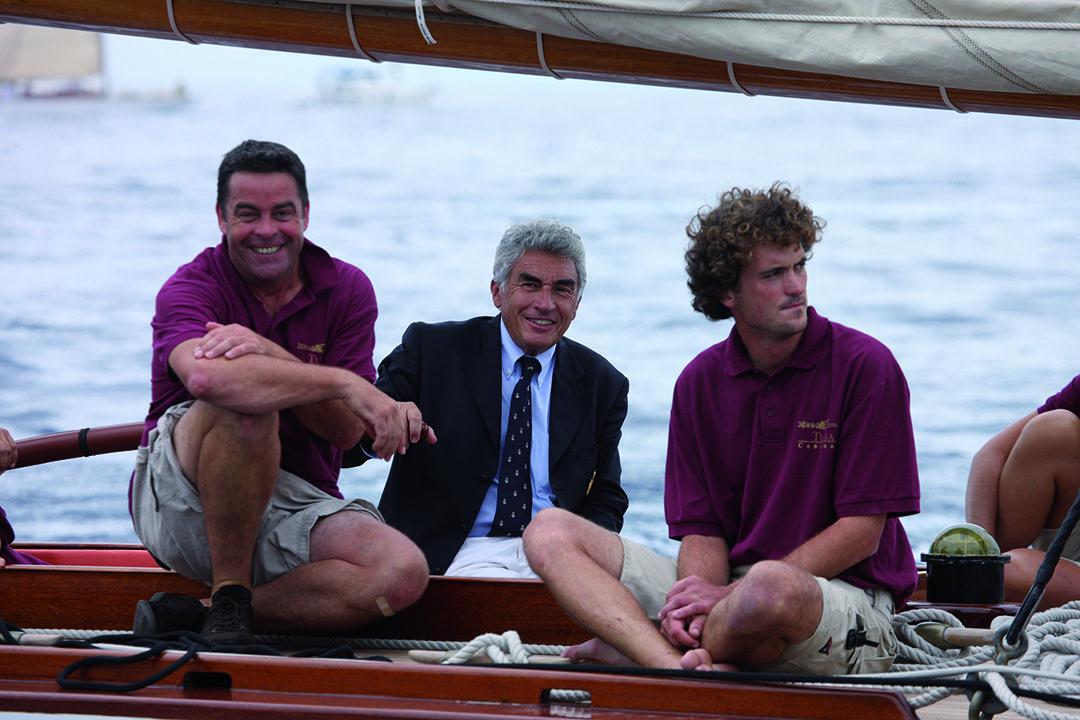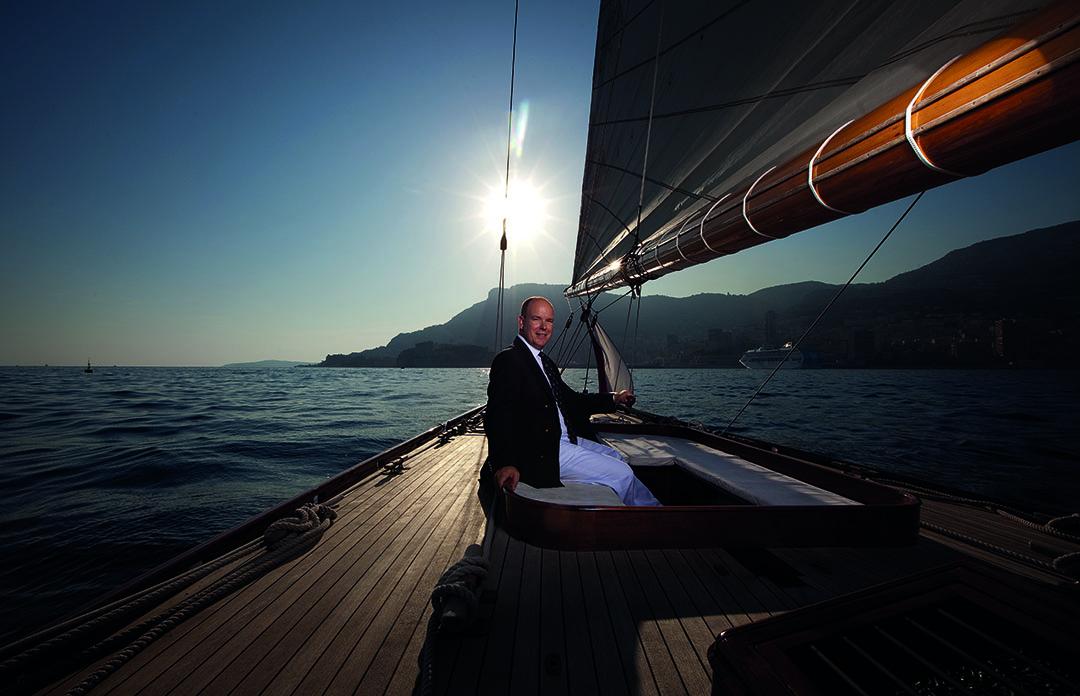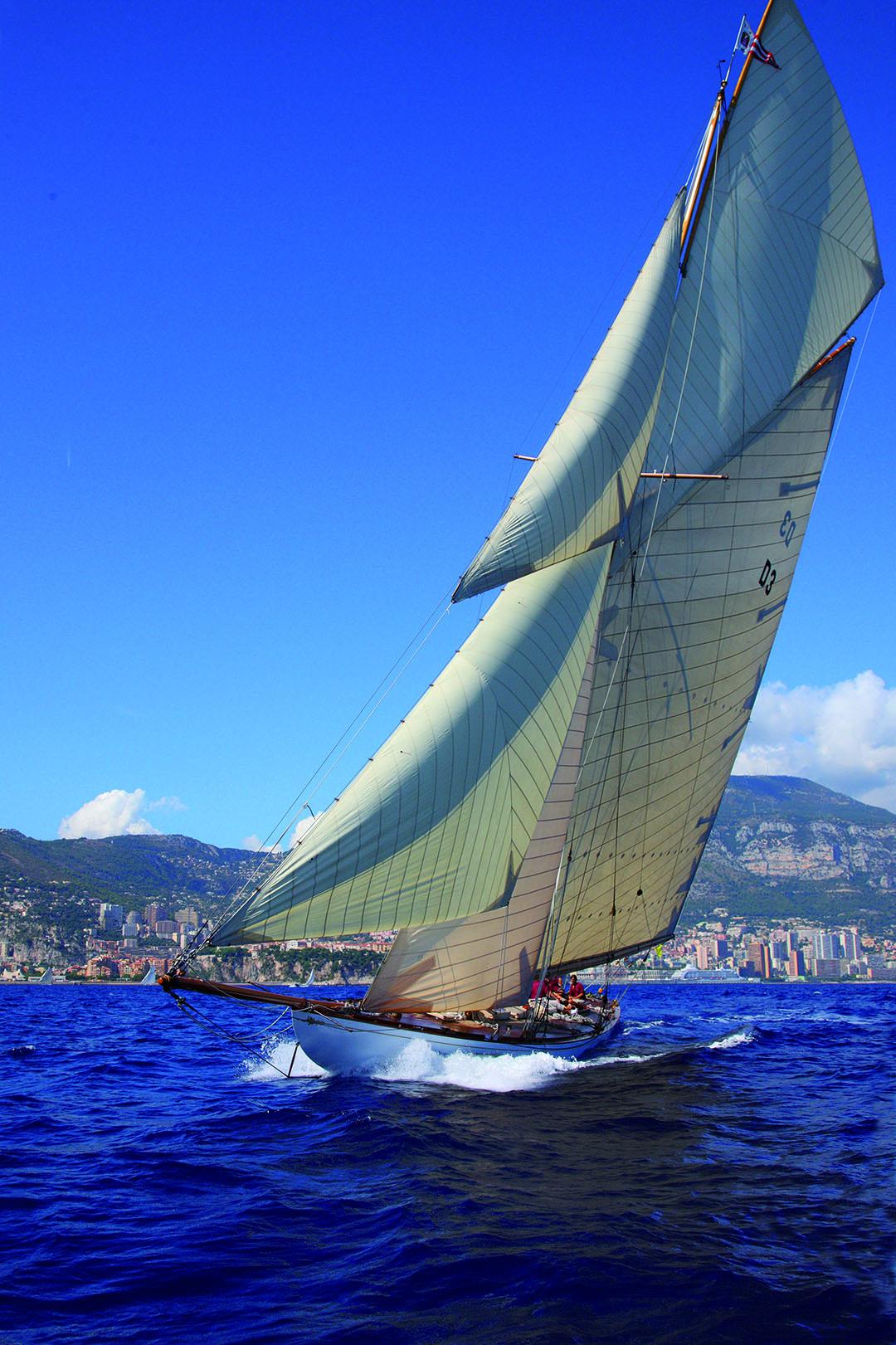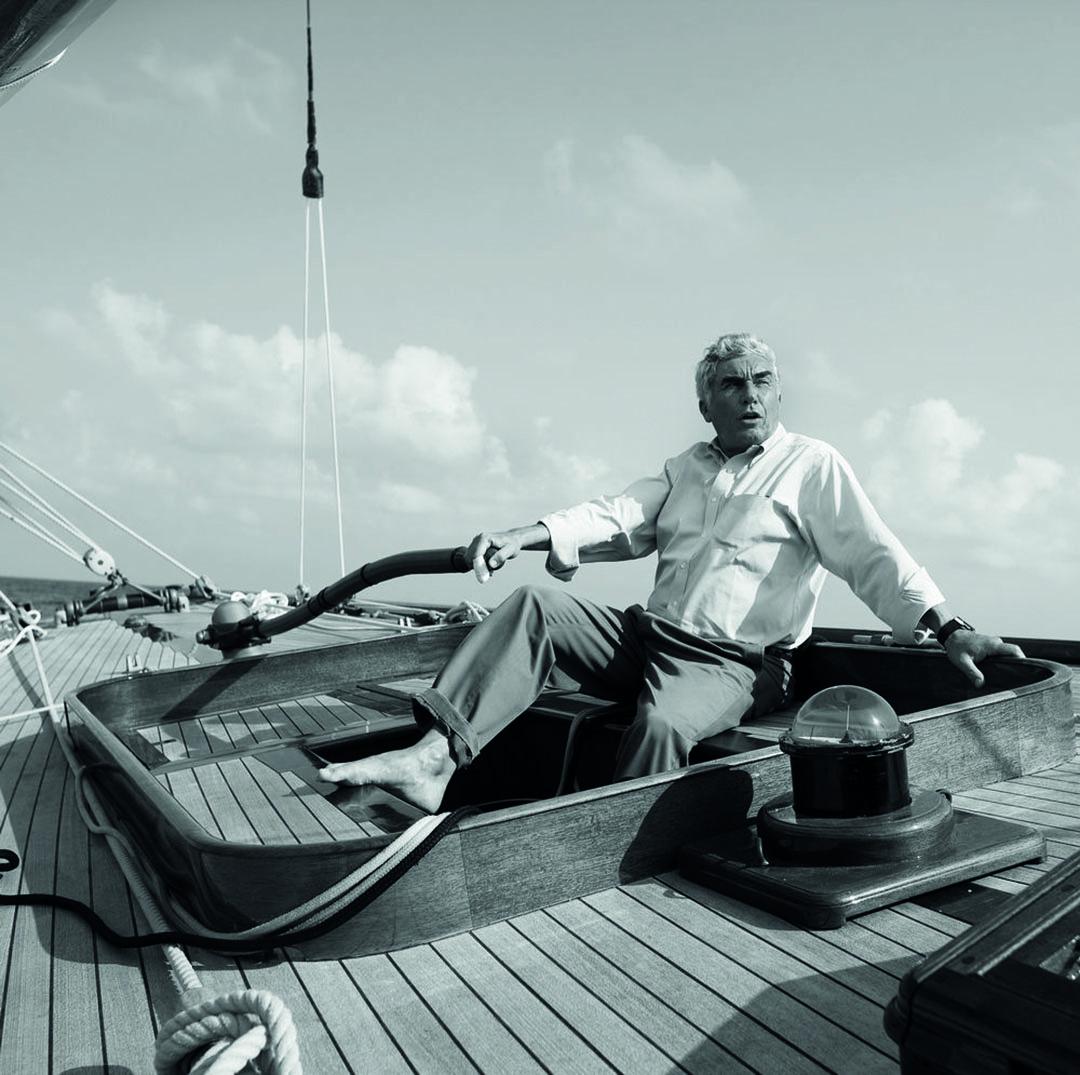Yacht Class n°12 (march-april-may 2018)
Yacht Club de Monaco
Behind the acquisition of this magnificent sailboat, Bernard d’Alessandri, General Secretary of the Yacht Club de Monaco, is not short of flattering words to describe this unit he worships, and he has often helmed. For him, she is not only the most magnificent boat, but also the perfect one to teach the young generation the secrets of manoeuvring and adjustments.
Interview by JM Moreno
You are behind the acquisition of Tuiga. Why did you choose this sailboat ?
We were looking for a maritime ambassador that reflected our sports dynamics. Elegant, sporty, building a team spirit (sailing with a united crew) in the pure yachting tradition and etiquette, Tuiga symbolizes all the values dear to the Yacht Club de Monaco.How did you initiate the contact and the sales with Albert Obrist ?I discovered the boat in Saint-Tropez. So, early on a Sunday morning, Prince Albert and I went to see her in Cannes. Tuiga had just undergone a beautiful four-year restoration – she was even rebuilt piece-by-piece – by Albert Obrist. This was love at first sight. Eric Tabarly accompanied us with the handover of this boat he considered to be “one of the world’s most beautiful yachts”.
What is the vocation of the Tuiga Committee ? How does it work ?
The Tuiga Committee brings together members, generous donors and yachting enthusiasts, who financially support the regatta seasons and the boat maintenance. Together with Mariska (1908), Hispania (1909) and The Lady Anne (1912), Tuiga (1909) belongs to an extremely closed club that will probably never get more than its actual four members : the authentic 15mR still sailing.In parallel to our common regatta calendar, we want to go even further in the exchange of technical knowledge, tonnage, improvements, etc… Our goal is to promote this class and to encourage the initiatives of enthusiasts who would like to build a replica or bring a 15mR back to life.
How does it work ? Who can benefit ? What skills are required ?
Eager to encourage training and promote the yachting trades, the Y.C.M. has decided to transmit its experience and expertise to young generations by creating in 1999, the “EFG Bank Sailing Academy by the Yacht Club de Monaco”. The objective : to ensure the professional qualification and integration of young adults within its structure, by training them for the organization of nautical events, to enter a crew or high-level competitions. The selected young candidates, no older than 18, receive a complete apprenticeship in the premises of La Belle Classe Academy, the training center of the Yacht Club de Monaco. Alternating theoretical and practical courses, over a nine-month period, trainees then have the privilege of joining Tuiga’s crew, to participate to the Mediterranean circuit. This is an exceptional way to supplement their knowledge and improve their skills in maintenance and specific maneuvering of traditional yachts.After getting the diploma, some of our trainees have even decided to make Monaco their home port, like Nicolas Rouit, who was successively second and captain of Tuiga. He now officiates on a 36 m motor-yacht built in 1936, under the Monegasque flag.Through this formation, the Y.C.M. intends to accompany the young people who want to get involved in this sector, enabling them to enter this exclusive and demanding field, reinforcing Monaco’s position as a centre of yachting excellence.
How is chosen Tuiga’s skipper ? And for how long ?
The skipper must have technical skills but also excellent human qualities. To know how to manoeuvre these physically demanding yachts, with no assistance, not even a winch. To have the knowledge to maintain these boats that require a daily attention and whose construction techniques are centenarians. To be a good team leader, a manager and to know how to convey your passion when welcoming guests on board.
You steered many boats, what do you feel at Tuiga’s helm ?
First of all, a deep feeling of freedom… but you quickly realize your privilege and especially the responsibility of having this sailboat in the hands, who has lived through a century of navigation across the world. Beyond the architectural, aesthetic or sporting dimension, this is above all a human adventure : the encounter between this boat and her successive owners. Today our duty is to pass this maritime heritage to the new generation, because our time as the repository of this very precious heritage is limited.
